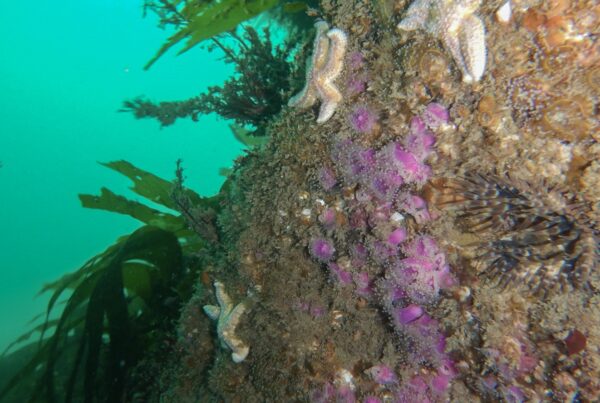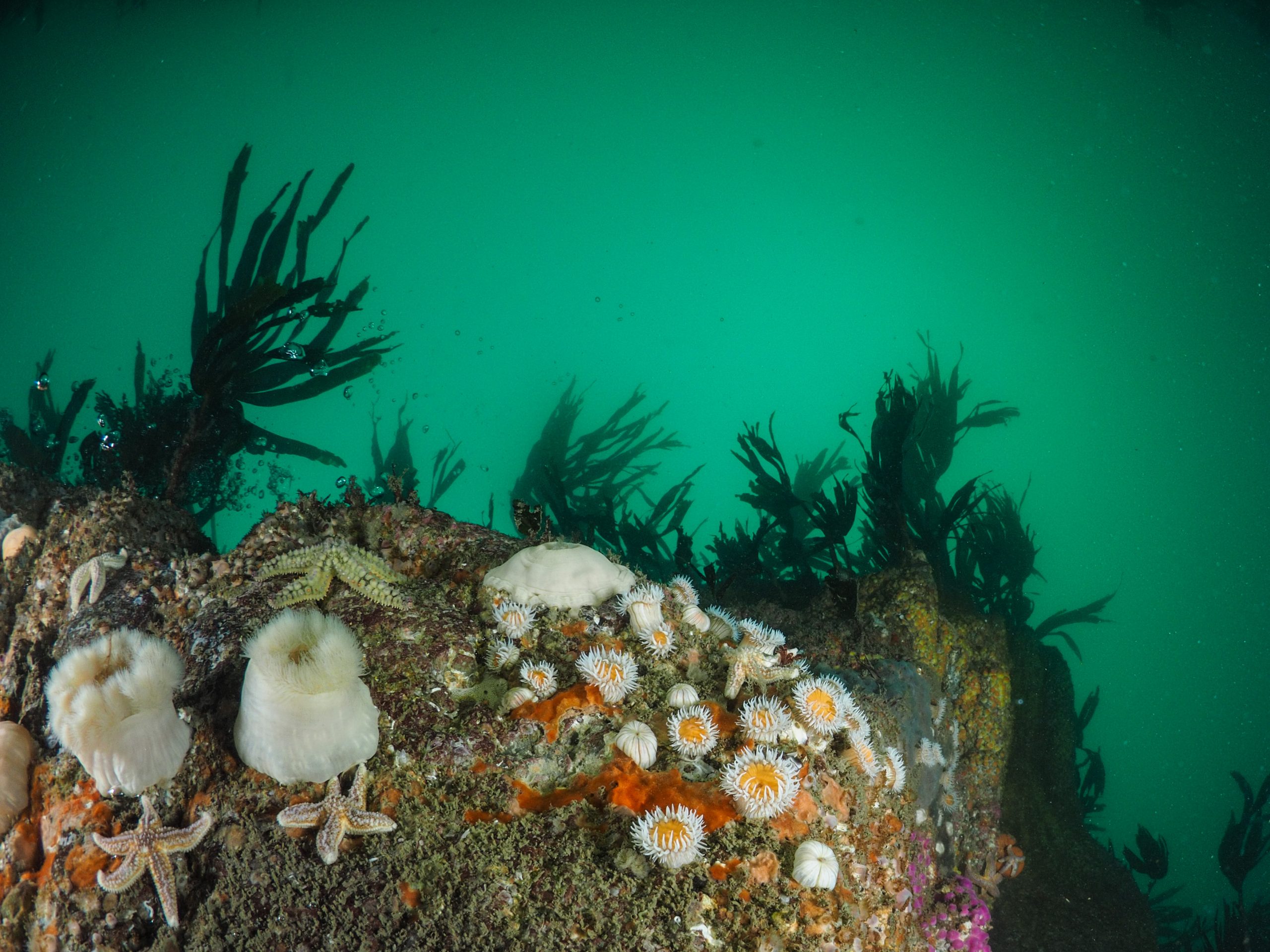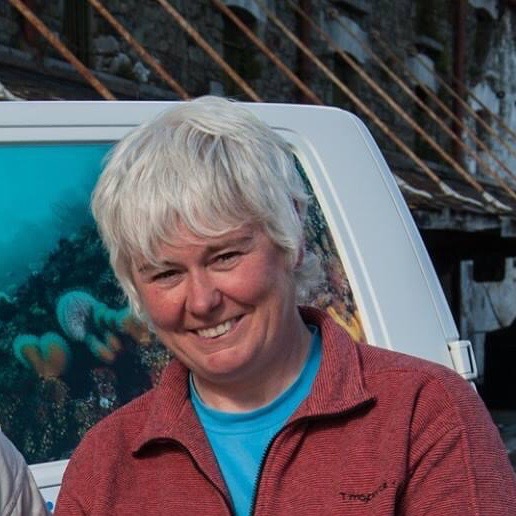By: Johnny Hamilton
It is that time of year again when many of us are getting back into our diving rhythm and dipping our toes in the ‘warm’ waters off the Irish coast. I say warm because the story could be so much more different were it not for the influence of the Gulf Stream on the climate of Ireland and Western Europe
Benjamin Franklin is regarded as being one of the founding fathers of the USA. He also invented the lightning rod and bifocals. It can also be said that he was one of the ‘founding fathers’ of the natural phenomenon that we know of today as the Gulf Stream. He wondered why it took sailors longer to travel the Atlantic from Europe to America rather than the other way round. Finding the answer to this would help to speed up travel and mail deliveries across the ocean. Franklin was the first scientist to study and map the Gulf Stream. From basic measurements of wind speeds and current depth, current speed and temperature he described the Gulf Stream as a river of warm water and mapped it as flowing north from the West Indies, along the East Coast of North America and east across the Atlantic Ocean to Europe.
Nowadays scientists have developed more sophisticated methods to measure and map the world’s oceans. Satellites and research cruises have contributed to the comprehensive picture we now have of the major ocean currents. In the case of the Gulf Stream scientists employ methods that can measure the Gulf Stream flow based on the way that sea water conducts electricity. As the Gulf Stream moves through the Earth’s magnetic field it induces variable electric currents in the telephone cable lying on the seabed from Florida to the Bahamas. Scientists measure these currents and are able to work out the total transport of the Gulf Stream. The warm Gulf Stream originating in the tropical Caribbean carries about 150 times more water than the Amazon River. On the less sophisticated and less expensive side of the scientific method is the case of the loss of twelve containers from a cargo ship in January 1992. The ship had been crossing the International Date Line en route to Washington from Hong Kong when it lost the containers during stormy weather. One of the containers held a shipment of 30,000 bathtub toys. Over the next two years these toys washed up on various coasts around the globe giving indicators of ocean current directions that were previously unknown. Not so good for the bathtub toy company but great for oceanographers who examine world ocean circulation.
So what are the factors powering these huge ocean currents?
Large-scale ocean currents are driven by global wind systems that are fuelled by energy from the sun. These currents transfer heat from the tropics to the Polar Regions, influencing local and global climate. Differences in water density, resulting from the variability of water temperature (thermo) and salinity (haline), are a major influence on these currents. The whole process is known as thermohaline circulation. In the northern Atlantic Ocean, as the water of the Gulf Stream flows north it cools considerably giving up its heat which increases its density. As it cools to the freezing point, sea ice forms with the “salts” extracted from the frozen water making the water below more dense. The very salty water sinks to the ocean floor.
It does not remain static but forms a slowly southward flowing current. The route of the deep water flow is through the Atlantic Basin around South Africa and into the Indian Ocean and on past Australia into the Pacific Ocean Basin.
If the water is sinking in the North Atlantic Ocean then it must be rising somewhere else. This upwelling is relatively widespread. However, water samples taken around the world indicate that most of the upwelling takes place in the North Pacific Ocean.
It is estimated that once the water sinks in the North Atlantic Ocean it takes 1,000-1,200 years before that deep, salty bottom water rises to the surface somewhere in the Pacific.
The impact of the oceans major currents is huge. Its worth noting that the next time you think its a bit chilly remember that the overall climate of Norway and Ireland is about 10°C warmer in the winter than other cites located at the same latitudes in Newfoundland and Russia. This is all due to the Gulf Stream.
Right now, its time for some great diving in the Gulf Stream influenced waters off Kinsale.









